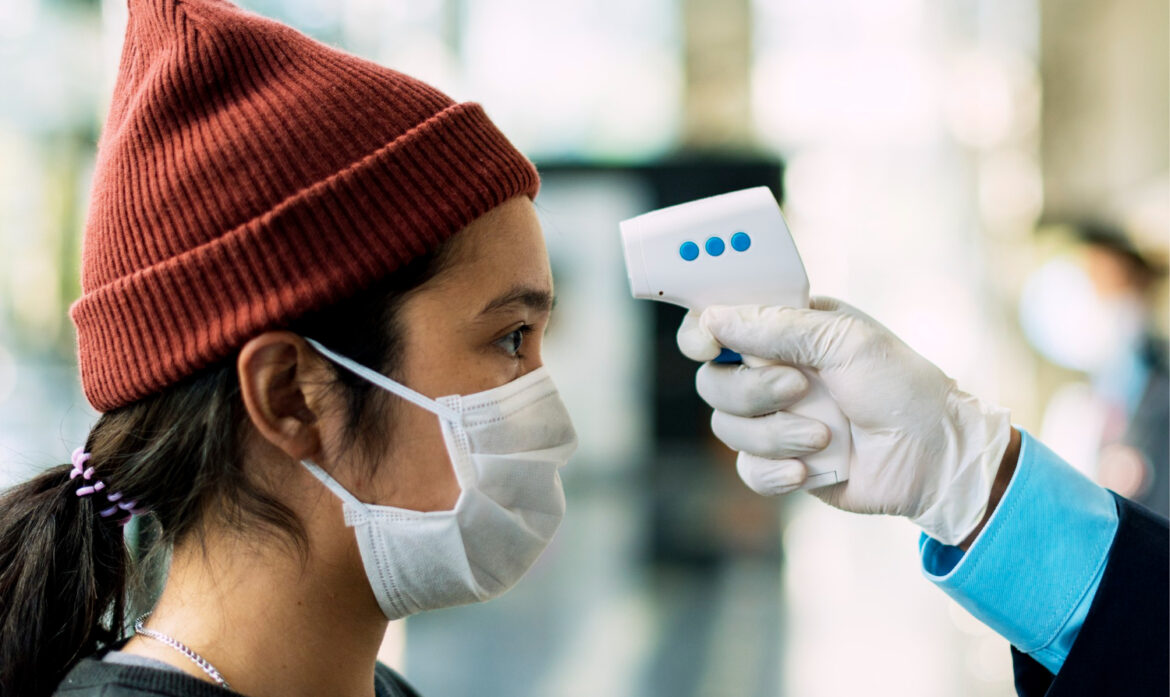Have you ever wondered how your doctor ensures the safety and effectiveness of the equipment they use? How are these tools tested to ensure they work reliably? The world of verifying and validating medical instruments is intricate but essential to ensure that patient care is safe and efficient. In this article, we will explore the key components of this process, why it’s important, and what it means for both manufacturers and patients.
Understanding the Difference Between Verification and Validation
Medical device verification and validation are often used together, but they serve different purposes. Verification ensures that the product meets all specified requirements at each design stage. It is about confirming that the equipment is designed and built correctly according to its blueprint. On the other hand, validation tests if the final product meets the needs of its users in real-world situations. It answers the question: does this equipment perform as intended in a real medical environment? Both processes are critical to the overall success and safety of any healthcare tool.
The Role of Testing in Ensuring Safety
Testing plays a vital role in the overall process of verification and validation. Different types of evaluations are conducted to ensure equipment safety and functionality. Bench testing, for instance, is performed in controlled environments to test a product’s individual parts. Usability testing focuses on whether healthcare professionals can operate the tool effectively and safely. Failure to pass these tests can lead to delays in product approval and, in some cases, a total redesign.
When testing is thorough, manufacturers can detect potential issues early. This not only saves time but also prevents future costs associated with recalls or repairs. For patients, this means fewer risks and more reliable treatments.
Regulatory Compliance: Navigating Complex Guidelines
Compliance with regulatory standards is another crucial part of the verification and validation process. Regulatory bodies like the FDA in the U.S. and CE marking in Europe impose strict requirements on healthcare equipment. These regulations ensure that all instruments entering the market have undergone thorough scrutiny. Meeting these standards is not optional—it’s mandatory for manufacturers to ensure that their products are safe and effective for public use.
Failing to meet these requirements can result in a product being denied market access. For manufacturers, understanding and adhering to these guidelines is essential to avoid delays or costly legal issues.
Importance of Documentation in the Process
Proper documentation is key in verifying and validating any healthcare product. Every step, from the initial design to final testing, needs to be documented in detail. This serves multiple purposes. First, it allows for transparency, ensuring that every phase of the development process is tracked and recorded. Second, it helps during regulatory reviews, where auditors will inspect records to confirm compliance with standards.
Good documentation also aids in identifying where things may have gone wrong in the event of a failure. It acts as a roadmap for troubleshooting and making necessary adjustments before the product is finalized.
The Cost of Skipping Verification and Validation: Potential Risks and Consequences
Neglecting thorough verification and validation can lead to significant consequences for both manufacturers and patients. A medical device that has not been rigorously tested could malfunction, causing harm to patients or endangering their lives. For manufacturers, this can result in costly recalls, legal liabilities, and a damaged reputation. In extreme cases, repeated non-compliance can lead to long-term bans from the market or criminal investigations. Investing in comprehensive verification and validation procedures reduces these risks, ensuring that only safe, reliable devices make it into the hands of healthcare providers. This commitment to safety ultimately fosters trust between patients, healthcare providers, and manufacturers.
The Future of Verification and Validation in Medical Devices: Innovations and Trends
As technology evolves, so does the approach to verifying and validating medical devices. Artificial intelligence and machine learning are now being incorporated into testing processes, allowing for faster, more accurate detection of design flaws or usability issues. Additionally, virtual simulations and augmented reality are increasingly used to create realistic testing environments without physical prototypes, reducing costs and speeding up development. These advancements help manufacturers meet regulatory requirements more efficiently, enabling quicker responses to market needs while maintaining safety standards. Looking forward, these innovations may set new benchmarks for quality and safety in healthcare, ensuring that future medical devices continue to meet the highest standards for patients worldwide.
Navigating the world of verifying and validating healthcare instruments is no easy task. However, it’s a vital process that ensures patient safety and product reliability. From testing to regulatory compliance, every step in Medical Device Verification and Validation helps guarantee that healthcare tools meet the highest standards. Manufacturers must invest time and resources into this process to bring successful, safe products to market. In the end, it gives patients the peace of mind that the tools used in their care are dependable.

